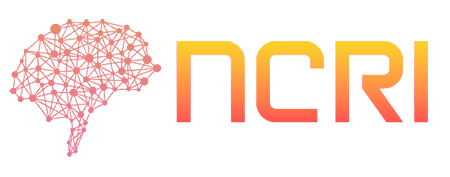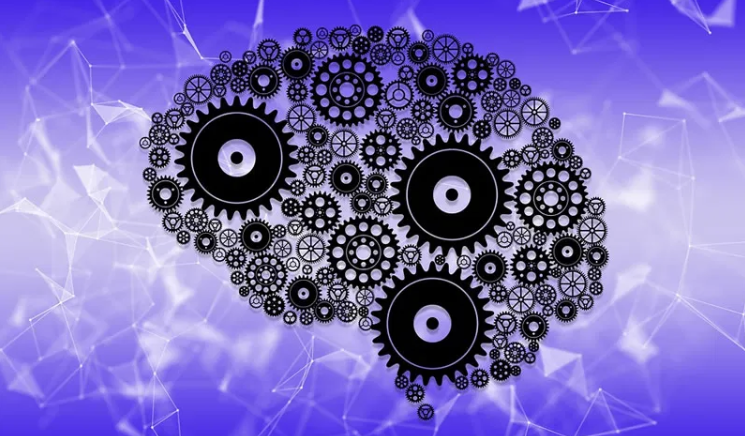What is a neurocognitive disorder?
In reality, nearly any type of insult (infection, head trauma, etc.) that causes dysfunction in the brain (a neurological disorder) results in alterations in thinking, emotions, perceptions and/or behavior patterns and the most recently coined term is neurocognitive disorder. We use this term because it offers a more complete description of what the issues are. ‘Neurocognitive’ is more specific, addressing the link between deregulated brain function and behavior/emotion/perception and/or cognition. For example, one of the most bizarre neurocognitive conditions is known as Hemispatial Neglect Syndrome. The abnormalities observed in Neglect Syndrome are a result of injury to the right or left parietal lobe, producing lack of awareness for the opposite side of the body despite normal vision. People who have this syndrome do not bathe 1/2 of their body (the half that is opposite the side where they dysfunction is, usually a lesion), may fail to shave or apply makeup to half of their face and may fail to dress the opposite half of their body appropriately; most only eat from 1/2 of their plate. If you ask them to draw a clock, they draw 1/2 of the clock. These individuals typically have full visual and tactile function and are often at least somewhat aware that they are supposed to dress their entire body, etc., but are unable to impel themselves do it.
Out of the 600+ neurological disorders listed by the National Institutes of Health, the neuro-disorder known as neglect syndrome informs us considerably about how brains solve thousands of problems for us every second. Neglect patients are either marginally aware or completely unaware that they are not tending to 1/2 of their body but their brain cannot impel them to do something about it. This disorder is fascinating in that it give us insight into how even the most minor brain region, if deregulated or damaged, can cause major issues.
Here, at the NCRI, we primarily focus on the accuracy in diagnosis of neurocognitive disorders, simply because why some get them while others do not is simply unknown. Of course we are looking for cures and we would really love to know how these complex problems begin, but those goals will take time. No one else has answers, either, or we would publish them here. The ‘issues’ produced by these aberrations in brain function are often a type of brain damage, even though that damage may well be within a system (a network), affecting the system and/or be extremely small (such as cell chemicals being out of balance). What we term ‘small,’ is not small in the brain with its 100 billion neurons (brain cells). Of course their function relies on really good blood flow, excellent oxygen, and neurons ‘eat’ glucose (sugar), potassium and salt. Therefore if the brain is too low in these essential chemicals, it will not work well.
What are the known issues regarding neurocognitive disorders?
Some neurocognitive disorders occur as a result of an overactive immune system which is reacting to a chronic infection or other insult that may trigger the immune system. There is a mechanism in the brain known as the Blood-Brain Barrier, a complex region that attempt to block the passage of large molecule-substances (toxins, viruses, bacteria, fungus, certain chemicals, and other dangerous substances) from entering the central nervous system (brain and spinal cord). It acts as a barrier between the bloodstream and the extra-cellular space in the brain. It allows only certain substances such as water, oxygen, glucose, and small soluable substances to cross into the brain. However, some people do end up with viruses, bacteria, chemicals, or fungi in the brain, which cause the immune system to go into “red alert,” resulting in neural-inflammation, so the BBB does not always perform as well for some people, some of the time. The BBB can be less effective during hypertension (high blood pressure), at birth, when high concentrations of a substance that would normally be kept out of the brain, can partially open the BBB; radiation, infection, trauma, narrow blood vessels (ischemia), inflammation. This list is not exhaustive. Recently, scientists have attempted to open the BBB to allow certain chemicals to enter the brain, such as chemicals to treat brain cancer. We do know that recent research indicates that the BBB does provide excellent protection against infectious microbes which try to enter the brain, but that protection fails under certain circumstances, and when it fails, various substances can and do enter the brain, causing considerable pathology.
Neurocognitive disorders are a type of neurological disease whereby the cognitive deficits are more pronounced than other deficits, such as balance issues, vision difficulties, etc. They result most often from a neuro-infection,causing brain inflammation (encephalitis) along with a drop in adequate blood supply, decreased oxygen availability, injury, etc., and problems develop in some brain regions resulting in brain cell loss. These problems then affect other brain regions because they are either less available or no longer available as part of important networks. The brain attempts to adapt by compensation–that is, by assigning the role of the damaged area to another similar area (plasticity), but the compensation is never as good as the original brain region’s function, resulting in loss of overall function. These lost functions are very difficult to assess due to the brain’s amazing compensatory ability. However, these abilities still render the brain less able than it was before the neurological insult.
How are neurocognitive disorders treated?
It is said that the brain is the largest single challenge in modern science. The human brain has more than 100 billion neurons (brain cells) of a thousand or so distinct varieties. Brain cells then make at least 100 trillion connections to one another. There will be no single researcher or discovery that will bring broad answers. It is only through collaboration among researchers and across disciplines will the answers come. Everyone must be involved. Currently, there are only a few treatments for circumscribed situations involving neurological disorders. One example is stroke, whereby if the stroke is treated within an hour of the event, the effects can be partially or wholly reversed. Most treatments for neurological disorders are simply palliative at the current time.
Because most neurocognitive research is just now being funded and emphasized, very few treatments exist and the treatment, if available, will depend on the particular nature of the injury or medical problem affecting the brain. One treatment is to reduce the neural inflammation by dampening the inflammation production itself–the immune system. Remember that neural inflammation is the definition of encephalitis, so by reducing the neural inflammation, one is reducing the effects of encephalitis. Another route is neurofeedback, which is well-developed as a treatment to train healthy brain activity, and is being developed for more and more neurocognitive problems every day (see ISNR) including neurocognitive disorders which get progressively worse over time, such as Autism Spectrum Disorders (see Neurofeedback for Autism). If the brain suffers from neural inflammation due to constant, overactive immune activity, there are a class of drugs called antivirals which serve to contain the viruses in the brain and thereby reduce inflammation. Once in the brain, the viruses cannot be killed, but the viruses may be contained by antivirals. Another class of drugs was developed for Rheumatoid Arthritis called DMARDs (disease-modifying antirheumatic drugs) which can be used in some diseases such as ME or in any neuro-infectious disease. DMARDs can substantially reduce the inflammation in the brain through their immunosuppressive effects, allowing the patient to regain some control over their life.
Diagnosis
Symptoms of neurocognitive disorders can be caused by various other neurologic disorders, making them challenging to diagnose. Because treatments differ dramatically and misdiagnosis can lead to delays in treatment, early and accurate diagnosis is critical. Here at theNCRI, we use real-time techniques which capture your brain activity in the milli-second (1000th of a second) time domain! Of course, neurocognitive disorders have commonalities as well as unique symptoms. We need to ask many questions of each client so we can correctly target what your neurological disorder is.
What can I do to avoid getting a neurocognitive disorder?
- Probably the most important thing is to not feel stigmatized if you believe you are experiencing any type of neurological or neurocognitive deficits. Fear of stigma (or actual stigma) stops people from getting help early in the disease process due to perceived or real decrease in status, at a time when the problem may be easiest to reverse or treat effectively. This may be one’s status as a mother, a businessman, a scientist or one’s community status.
- Reduce your risk of CNS infections by staying well. Get enough sleep, learn to manage your stress and avoid places which may expose you to bacteria, viruses or fungi. Managing all of these things will help keep your immune system robust so that you can fight off medical problems before they start.
- Work with your healthcare provider to control any medical problems you may have, such as diabetes, heart disease or other health conditions. These diseases can cause brain dysfunction due to the physiological problems inherent in the diseases.
- If you have a family history of any type of neurological or neurocognitive disorder, make sure you discuss it with your health care provider.
- Lose weight if you are overweight.
- Do not smoke, drink or use street drugs.
- Consider being current on all vaccinations. If you believe vaccinations cause illness, talk to your doctor about it. Most vaccinations cannot cause neurological disease because the active ingredients (viruses, bacteria) are dead. Speak to your healthcare provider!

